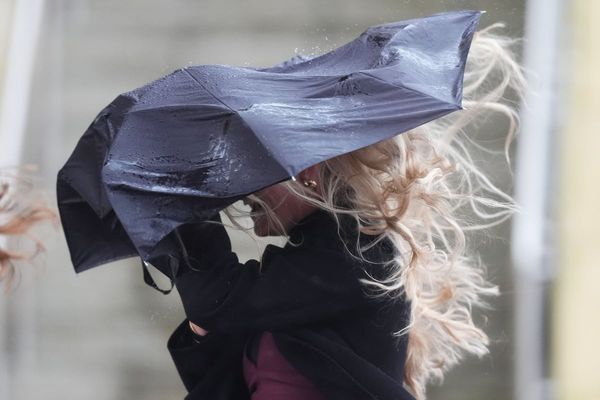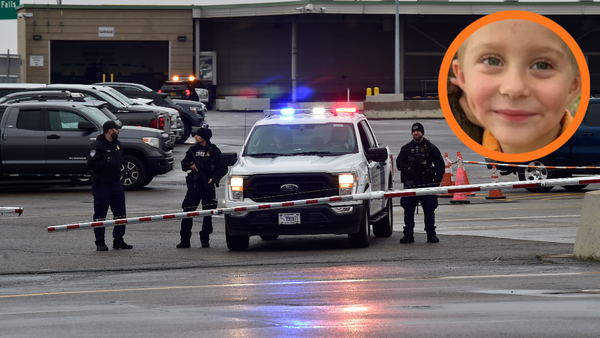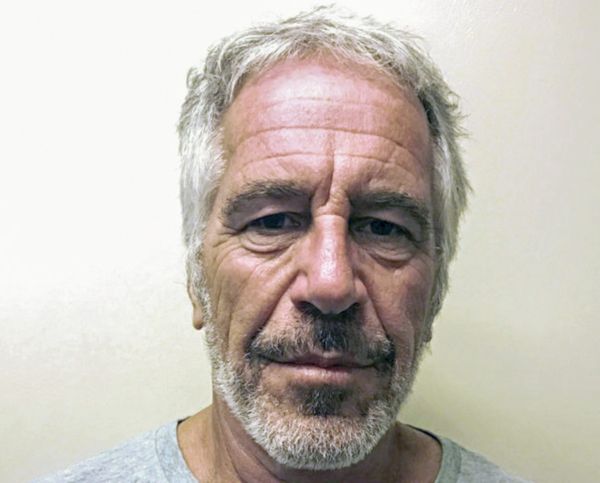
Having characterised so much of its history and identity by military adventurism, Australia certainly treats its armed forces veterans with a perversely shabby contempt.
Exhibit A: the recent final report of the royal commission into defence and veteran suicide, with its litany of egregious abuses of broken veterans pushed to – or beyond – the brink of suicide by a culture that relies on young, intelligent, energetic, committed people but too often shuns them when they become impaired by their service.
The federal government is now contemplating its formal response to the long-running inquiry into Defence’s treatment of veterans and serving personnel (described by commissioner Nick Kaldas as “a catastrophic failure of leadership at all levels”).
While survivors of Defence workplace ill-treatment (and the families of the many who’ve killed themselves) wait to see just how attentively the government does reply, we have Veterans’ Health Week with its “Keep Connected” theme. An acknowledgment of the importance of “social connectedness” in the lives of veterans and their families is certainly noble, but it is perhaps worth bearing in mind just how Defence has for decades too often marginalised, isolated and stigmatised its mentally ill and physically damaged ex-personnel.
Indeed, the swiftly discontinued “connection” with the military, when damaged personnel are medically discharged rather than rehabilitated, so often compounds the trauma – or injury – of service and leads to suicidality.
Go to the royal commission final report and to the hundreds of thousands of pages of other official inquiries compiled over decades into the systemic mistreatment of veterans that successive governments have failed to act upon. It’s all there.
But you can be sure that the political class (just like the top brass), who’ve let so many injured and mentally ill service personnel and veterans down over the generations, will always be in the front row when it comes to national commemoration of the nation’s martial history, as limited and narrowly defined as it is.
Remembrance Day is in less than a month. It is one of the biggest days on Australia’s commemorative calendar, surpassed in terms of official solemnity and nationalism only by Anzac Day (25 April – marking Australia’s participation in the botched invasion of an obscure finger of Turkish peninsula, a disastrous allied operational failure that killed 8,700 Australians, 2,700 New Zealanders, 34,000 British, 9,800 French, 1,350 Indians and 80,000 Ottoman people).
The impact on survivors, regardless of nationality, was scarcely parsed. Although in Australia we do know that repatriated survivors of the first world war (including about 152,000 wounded) disproportionately to the broader community became drug and alcohol addicted, vagrant, perpetrators of domestic violence and suicides. The pain played out occasionally on the streets and in the pubs, but mostly behind thousands of bolted shut front doors. Amid continued early nation-building, the politicians and generals for the most part (even despite the prevalence of the officer class in the federal and state legislatures) were quick to showcase the nation’s military service while largely ignoring the personal pain.
The many limbless and facially disfigured were kept from sight.
The Anzac birthers, meanwhile (including a succession of Australian prime ministers beginning with Billy Hughes, and a legion of writers and historians) have clung to Australia’s involvement in the first world war – and especially Gallipoli – as the birth of the nation.
The militarisation of Australian history has deep roots and many anomalies. Not least, the Anzac-birth myth ignores the seminal wars on the Australian frontier between British invaders, settlers, militias and First Nations custodians that killed, by reputable estimate, as many, if not more, Indigenous people than Australians who died in the first world war.
Regardless, it stands to simple reason and decency that if you are going to define the birth of a nation according to participation in imperial adventures abroad then surely you must truly honour and fully respect not only the battlefield dead but also those who return damaged or are hurt in peacetime.
But Defence – its history and its culture – too often seems to be a world of battlefield heroes and largely forgotten, discharged casualties. Forgotten, if only we’d let them be.
Civil society should not work like that. Which is why the royal commission into defence and veteran suicide, and how the government responds, is so important.
Instructively in the commission itself, Defence, supposedly a model litigant, inadvertently illustrated why it seems so stubbornly incapable of cultural change.
Indeed, the “key witness” in an in-depth inquiry within the commission (a former Royal Australian Navy officer, who says they were bullied in the service to the point of suicide, victimised, then medically discharged while in a psychiatric hospital) alleges they were driven, once again, to the brink of killing themselves due to Defence’s legal conduct.
It was a stark, deeply disturbing reminder of a culture of systemic failure within Defence when it comes to caring for those who have been so badly damaged by military service.
That’s quite a history to grapple with.
Paul Daley is a Guardian Australia columnist







